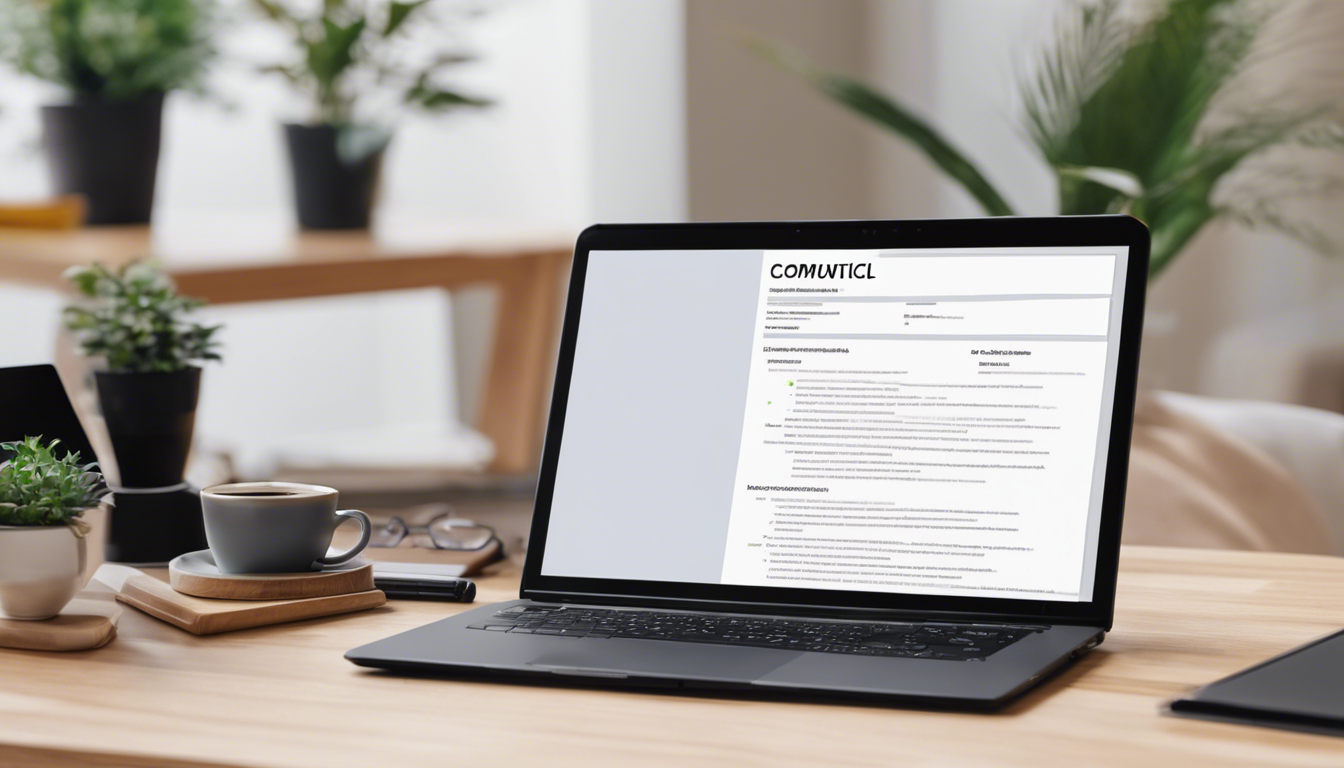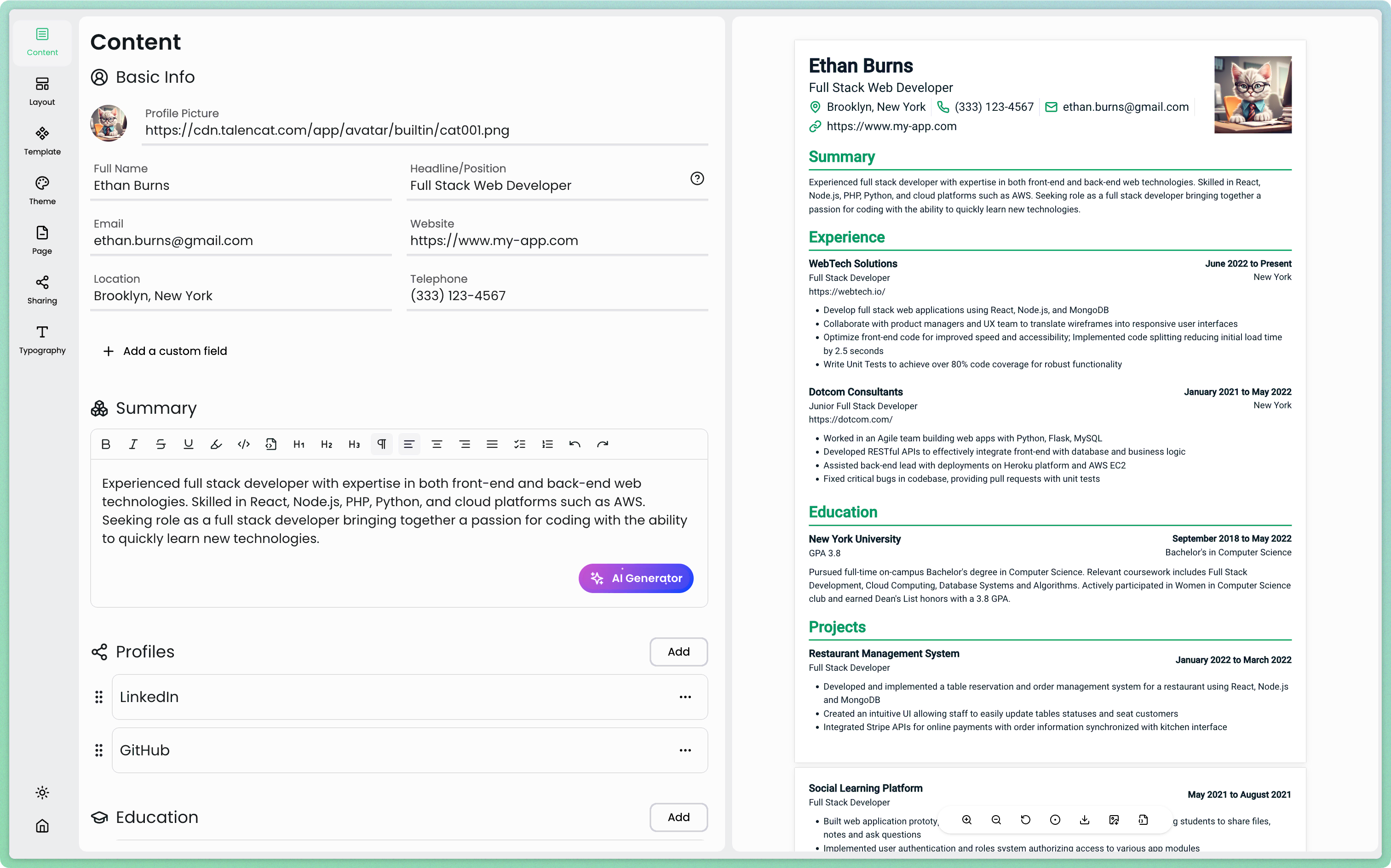One of the most important sections of a resume is to get right is the work experience. This part of your resume provides potential employers with a snapshot of your professional journey, showcasing your skills, achievements, and the value you can bring to their organization. Whether you're a seasoned professional or just starting your career, knowing how to effectively describe your work experience can make the difference between landing an interview and being overlooked.
In today's competitive job market, your work experience section needs to do more than just list your previous jobs. It should tell a story of your professional growth, highlight your most impressive accomplishments, and demonstrate how your past roles have prepared you for the position you're seeking. This comprehensive guide will walk you through the process of creating a standout work experience section that captures the attention of hiring managers and showcases your potential as a valuable asset to their team.
Resume Building Series:







Introduction
Importance of Work Experience on a Resume
The work experience section of your resume is often considered the heart of the document. It's where employers look to understand your professional background, assess your capabilities, and determine if you're a good fit for their organization. A well-crafted work experience section can:
- Demonstrate your career progression and growth
- Showcase your achievements and the impact you've made in previous roles
- Highlight relevant skills and expertise that align with the job you're applying for
- Provide context for your professional journey and career goals
In essence, this section is your opportunity to prove that you have the experience and skills necessary to excel in the position you're targeting.
Common Challenges in Describing Work Experience
While the importance of the work experience section is clear, many job seekers struggle with how to present this information effectively. Some common challenges include:
- Deciding what information to include and what to leave out
- Striking the right balance between being comprehensive and concise
- Tailoring work experience to different job applications
- Describing achievements in a meaningful and quantifiable way
- Addressing gaps in employment or lack of direct experience in a particular field
These challenges can be particularly daunting for those early in their careers or those changing industries. However, with the right approach and techniques, it's possible to create a compelling work experience section that resonates with potential employers.
Understanding the Work Experience Section
What is the Work Experience Section?
The work experience section, also known as "Professional Experience" or "Employment History," is a detailed account of your relevant work history. It typically includes information about your previous jobs, internships, and other professional activities that demonstrate your qualifications for the position you're seeking.
This section is usually presented in reverse chronological order, with your most recent position listed first. It's designed to give employers a clear picture of your professional journey and how it has prepared you for the role you're applying for.
Key Components of Work Experience
A well-structured work experience entry typically includes the following elements:
Job Title
Your job title should be clear and accurate. If your official title doesn't accurately reflect your responsibilities, you can include a more descriptive title in parentheses. For example: "Administrative Assistant (Office Manager)."
Company Name
Include the full name of the company you worked for. If it's not a well-known organization, you might want to add a brief description of the company's industry or size.
Location
Specify the city and state (or country, if international) where you worked. This provides context and can be particularly important for industries where location matters.
Dates of Employment
Include the month and year you started and ended each position. If you're currently employed in a role, use "Present" as the end date.
Responsibilities and Achievements
This is the core of your work experience entry. It should include a mix of your primary responsibilities and your most significant achievements in the role.

How to Describe Your Work Experience
Now that we understand the components of the work experience section, let's explore how to effectively describe your professional history to make the best impression on potential employers.
Start with Relevant Information
When describing each job, begin with the most important information:
Name of the Company
Start with the company name, as this immediately gives context to your role. If the company isn't well-known, consider adding a brief description, such as "a leading e-commerce platform" or "a boutique marketing agency specializing in tech startups."
Location and Dates
Include the location of the job and the dates of your employment. This information helps employers understand your career timeline and any geographical moves you've made for work.
Use Action Verbs
Begin each bullet point or sentence with a strong action verb to create a dynamic and engaging description of your responsibilities and achievements. Some effective action verbs include:
- Developed
- Implemented
- Managed
- Coordinated
- Streamlined
- Increased
- Reduced
- Negotiated
- Analyzed
- Launched
Using these verbs helps to paint a picture of your active role in your previous positions and the impact you made.
Highlight Achievements and Contributions
While it's important to list your responsibilities, what really makes your work experience stand out are your achievements. Focus on how you added value to the company or made improvements in your role.
Quantifying Results
Whenever possible, use numbers and percentages to quantify your achievements. This provides concrete evidence of your impact. For example:
- "Increased sales by 25% over six months through implementation of new marketing strategies"
- "Reduced customer complaint resolution time from 48 hours to 24 hours, improving customer satisfaction scores by 15%"
- "Managed a team of 12 developers across 3 international offices, delivering 5 major product releases on time and under budget"
Relevant Skills to Include
Incorporate skills that are relevant to the job you're applying for. This might include technical skills, soft skills, or industry-specific knowledge. For example:
- "Utilized advanced Excel functions to create financial models that informed strategic decision-making"
- "Developed strong cross-cultural communication skills while collaborating with international teams"
- "Applied Agile methodologies to improve project efficiency and team collaboration"
Tailoring Your Experience to the Job Description
One of the most effective strategies for creating a compelling work experience section is to tailor it to the specific job you're applying for. This involves:
- Carefully reading the job description and identifying key skills and qualifications
- Highlighting experiences from your work history that demonstrate these skills
- Using similar language and keywords from the job description in your resume
For example, if the job description emphasizes project management skills, you might focus on projects you've led or coordinated in your previous roles, even if project management wasn't your primary responsibility.
Crafting Compelling Work Experience Sections with TalenCat CV Maker
When it comes to writing an impactful resume, the work experience section is crucial. TalenCat CV Maker, an innovative online resume builder, offers a user-friendly platform to help you create a standout work experience section. Here's a step-by-step guide on how to utilize this tool effectively:
Step 1: Log in to TalenCat CV Maker and click the "+ Create Resume" button to start a new resume.

Step 2: Name your resume and choose to create from scratch or use an example template.

Step 3: In the resume editor, navigate to the work experience section. Here, you can add your professional history with ease.

For each position, include:
- Job title
- Company name
- Employment dates
- Key responsibilities and achievements
TalenCat CV Maker's AI-powered suggestions can help you craft compelling bullet points that highlight your accomplishments.
Step 4: Utilize the AI function to enhance your work experience descriptions. This feature can help you:
- Tailor your experience to the job you're applying for
- Use action verbs and quantifiable results
- Ensure your descriptions are concise and impactful

Once you've completed your work experience section, you can easily export your resume as a PDF or enable online sharing for easy distribution to potential employers.
By following these steps and leveraging the AI-powered features of TalenCat CV Maker, you can create a work experience section that effectively showcases your professional journey and increases your chances of landing your dream job.
Tips for Crafting Your Work Experience
Focus on Relevance
While it might be tempting to include every job you've ever had, it's important to focus on the most relevant experiences. This is particularly true if you have a long work history or are changing careers. Consider the following:
- Include only the most recent and relevant positions (typically the last 10-15 years).
- For older or less relevant positions, you can include a brief mention without detailed descriptions.
- If you're changing careers, highlight transferable skills from your previous roles that apply to your new field.
Avoiding Redundancy in Similar Roles
If you've held similar positions at different companies, avoid repeating the same responsibilities for each role. Instead:
- Focus on unique achievements or projects specific to each position.
- Highlight how you grew or took on additional responsibilities in each successive role.
- Emphasize different aspects of the role that might be relevant to the job you're applying for.
Addressing Lack of Experience
For those early in their careers or changing industries, addressing a lack of direct experience can be challenging. Here are some strategies:
Utilizing Volunteer Work and Internships
Don't overlook unpaid experiences that demonstrate relevant skills. Include volunteer work, internships, or academic projects that showcase your abilities and commitment.
Highlighting Transferable Skills
Focus on skills from your previous experiences that can apply to the new role. For example, customer service skills can be valuable in many different industries and roles.
Formatting Your Work Experience Section
Consistency in Formatting
Maintain a consistent format throughout your work experience section. This includes:
- Using the same font and font size for all entries.
- Aligning all text consistently.
- Using the same date format throughout (e.g., MM/YYYY or Month Year).
Bullet Points vs. Paragraphs
While both bullet points and paragraphs can be effective, bullet points are often preferred because they:
- Are easier to scan quickly.
- Allow for concise presentation of information.
- Create visual breaks in the text, making the resume more readable.
If you choose to use paragraphs, keep them short and focused, with no more than 3-4 sentences per job description.
Emphasizing Key Information
Use formatting techniques to draw attention to important information:
- Bold your job titles or company names.
- Use italics for dates or locations.
- Consider using a slightly larger font size for headings.
Remember, the goal is to make your resume easy to read and navigate, not to overwhelm the reader with design elements.
Common Mistakes to Avoid
Listing Irrelevant Work Experience
Including every job you've ever had, especially those unrelated to your current career goals, can dilute the impact of your relevant experience. Focus on positions that demonstrate your qualifications for the job you're seeking.
Overloading with Jargon
While it's important to use industry-specific terms, overloading your resume with jargon can make it difficult to read and may turn off hiring managers. Strike a balance between showcasing your expertise and maintaining clarity.
Neglecting Proofreading and Editing
Typos, grammatical errors, and inconsistencies in your work experience section can create a negative impression. Always proofread your resume carefully, and consider having someone else review it as well.
Additional Resources
Examples of Strong Work Experience Sections
Studying examples of well-crafted work experience sections can provide inspiration and guidance. Look for resume samples in your industry or for the specific role you're targeting.
Online Tools for Resume Building
There are numerous online tools and platforms that can help you create a professional-looking resume, including:
- LinkedIn's Resume Builder
- Canva's Resume Templates
- Resume.io
- Zety Resume Builder
These tools often provide templates and suggestions to help you format your work experience effectively.
Professional Services for Resume Writing
If you're struggling to create a compelling work experience section, or if you want to ensure your resume is as strong as possible, consider using a professional resume writing service. These services can provide personalized advice and help you craft a resume that stands out.
Conclusion
Recap of Key Takeaways
Crafting an effective work experience section is crucial for creating a resume that captures the attention of hiring managers and showcases your professional value. Remember these key points:
- Focus on relevant experiences and achievements.
- Use action verbs and quantify your accomplishments.
- Tailor your descriptions to the job you're applying for.
- Maintain consistent formatting and prioritize readability.
- Avoid common mistakes like including irrelevant information or neglecting proofreading.
Encouragement to Revise and Improve Work Experience Descriptions
Your work experience section is not a static document. As you progress in your career or target different roles, it's important to regularly review and update this section of your resume. Don't be afraid to revise and refine your descriptions to ensure they accurately reflect your current skills and career goals.
By investing time and effort into crafting a strong work experience section, you're not just improving your resume – you're increasing your chances of landing interviews and ultimately securing the job you want. Remember, your work experience tells the story of your professional journey. Make it a compelling narrative that demonstrates your value and potential to future employers.



